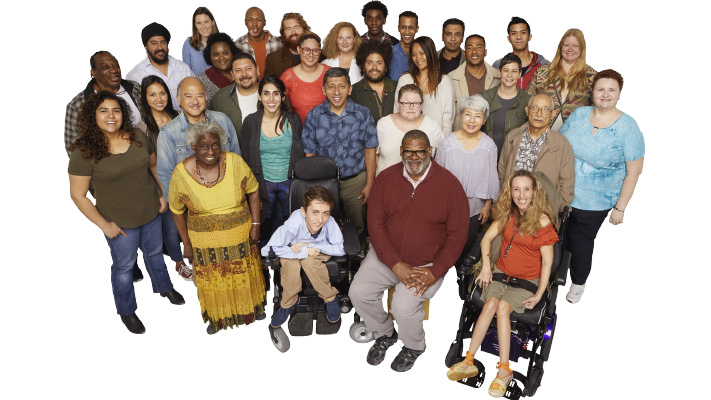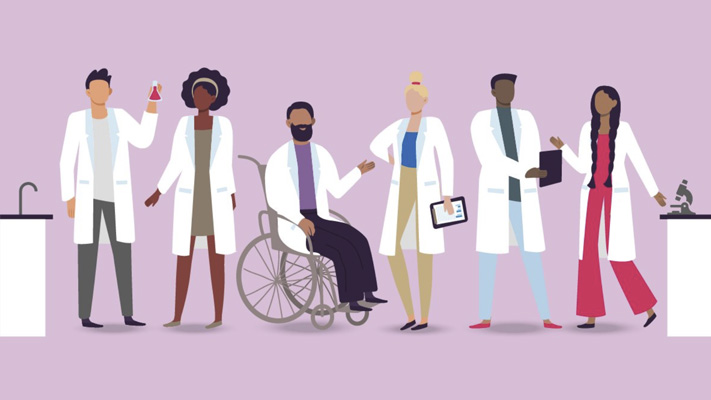NHGRI releases new and improved Talking Glossary of Genomic and Genetic Terms
As the heat rises and the summer arrives, you might be looking for some indoor activities to keep you cool. I suggest that you review the online materials generated from an April virtual NHGRI workshop entitled “Future Directions in Genomics and Health Equity.” The goal of the workshop was to identify research gaps and opportunities that will help decrease health disparities and improve health equity in genomics. A workshop summary and video recording are available on the workshop webpage.
All the best,
![]()
In This Issue
- NHGRI releases new and improved Talking Glossary of Genomic and Genetic Terms
- NHGRI social media campaign promotes genomic education resources for healthcare professionals
- NIH’s All of Us Research Program commits up to $2 million for NIH-wide data analysis
- NIH implements harassment-reporting requirements for grantees
- NHGRI’s Julie Segre elected to National Academy of Sciences
Genomic Data Sharing Spotlight
Finding a needle in a haystack is never an easy task. In the field of genomics, this analogy often applies when trying to identify genomic variants associated with phenotypes in large-scale sequence datasets. NIH is increasingly hosting genome-sequence datasets and other genomic datasets in cloud environments. Cloud-based computing helps researchers more efficiently sift through the haystack to find that needle. Pooling datasets from multiple studies enhances the statistical power of the resulting analyses, thereby increasing the likelihood that scientists will find both rare and common genomic variants that contribute to health and disease.
Enabling scientists to seamlessly combine datasets that were generated in different studies and that are housed in different repositories requires well-defined standards for interoperability. To this end, NIH is supporting efforts to improve the interoperability of the emerging set of NIH-supported cloud-based platforms and resources. When researchers access data from one site, there is no guarantee that those data will be readily usable along with data from a different site. By focusing on interoperability, the new NIH effort is improving the ability of researchers to integrate and analyze the data derived from multiple different datasets.
Are you interested in what it takes to build interoperable genomic resources in the cloud? The NIH Cloud Platforms Interoperability (NCPI) Effort will be hosting its first open meeting on June 22 and 23. Did you know that the existing NCPI sites currently house a whopping 11 petabytes of data? As the various genomic resources continue to grow and interoperate, so too will the power of human genomic studies.

About The Genomics Landscape
A monthly update from the NHGRI Director on activities and accomplishments from the institute and the field of genomics.
Last updated: June 2, 2022





